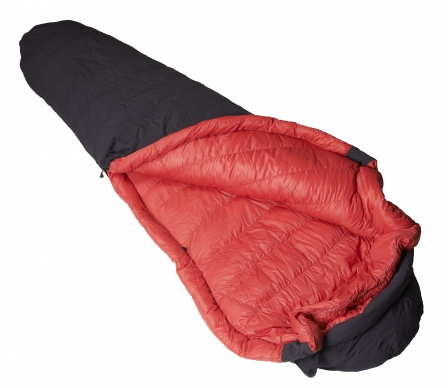W's Torpedo 900

£899 / €1150 / $1195
The Torpedo 900 has been developed for Himalayan climbing over 7000 metres and is also suitable for alpine-style routes on 8000’ers. Filled with extremely high quality 850 cu.in. (EU rating) Polish down, and protected with a waterproof shell, the 900 can easily be used in open bivouacs or single-skin tents. Like the 500 and 700, the Torpedo 900 is available in three lengths and two widths. Look at our sleeping bag selection chart for guidelines.
The Torpedo 900 can be upgraded with the addition of one of new Radioactive range of sleeping bag liners (which can also be used as stand-alone ultralight bags) which will be available from Spring 2015.

